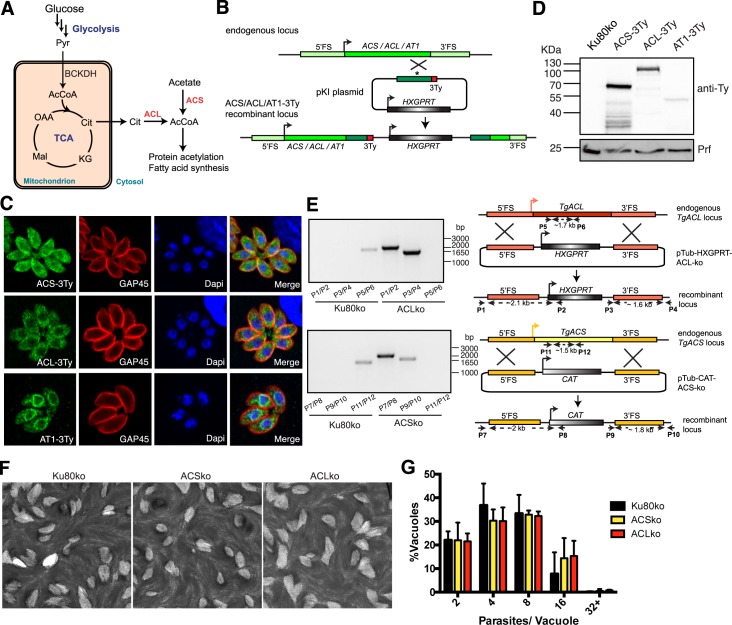Fig 3. Both ACS and ACL are dispensable in the tachyzoite stage of T. gondii.
(A) Schematic representation of the two pathways to produce acetyl-CoA in the cytosol of T. gondii. Abbreviations: AcCoA, acetyl-CoA; α-KG, α-ketoglutarate; Cit, citrate; Glc, glucose; Lac, lactate; Mal, malate; OAA, oxaloacetic acid; Pyr, pyruvate; Suc, succinate. Enzymes in red: ACL, ATP-citrate lyase; ACS, Acetyl-CoA synthetase. (B) Scheme of the knock-in strategy used to introduce a 3Ty-tag in the endogenous loci of ACS, ACL and AT1. (C) Localization of endogenous ACS, ACL and AT1 C-terminally Ty-tagged (ACS-3Ty, ACL-3Ty and AT1-3Ty) in the cytoplasm, cytosol and endoplasmic reticulum respectively of intracellular parasites using anti-Ty as well as anti-GAP45 that stains the periphery and DAPI which stains the nucleus of the parasite. (D) Immuno-blot of total lysates from Ku80ko parasites expressing the C-terminally Ty-tagged endogenous ACS, ACL and AT1 proteins by Western blot using anti-Ty antibodies. Anti-Profilin (Prf) represents a loading control. (E) Schematic representation of the direct knockout strategy by double homologous recombination where ACS was replaced by the chloramphenicol resistance cassette and ACL by the HXGPRT selection cassette. The position of the primers used to confirm the integration and the length of the PCR products are indicated. PCRs performed on genomic DNA extracted from Ku80ko, ACSko and ACLko strains confirm the integration of the selection cassette and loss of the corresponding gene locus. The sequences of the primers can be found in S7 Table. (F) Plaque assays performed with Ku80ko, ACSko and ACLko parasite lines fixed after 7 days. No significant defect in the lytic cycle could be observed. (G) Intracellular growth assay performed on Ku80ko, ACSko and ACLko strains by determining the number of parasites per vacuole 24h post infection. Data are represented as mean ± SD from 3 biological replicates.

